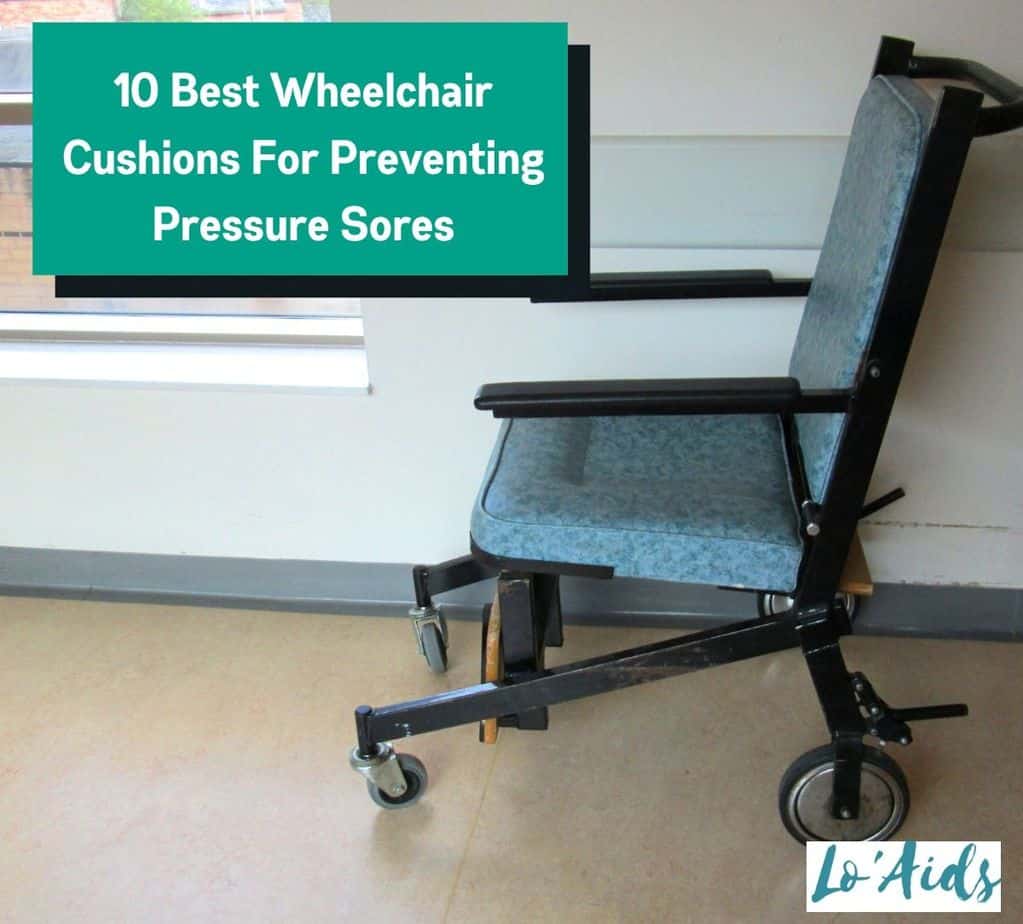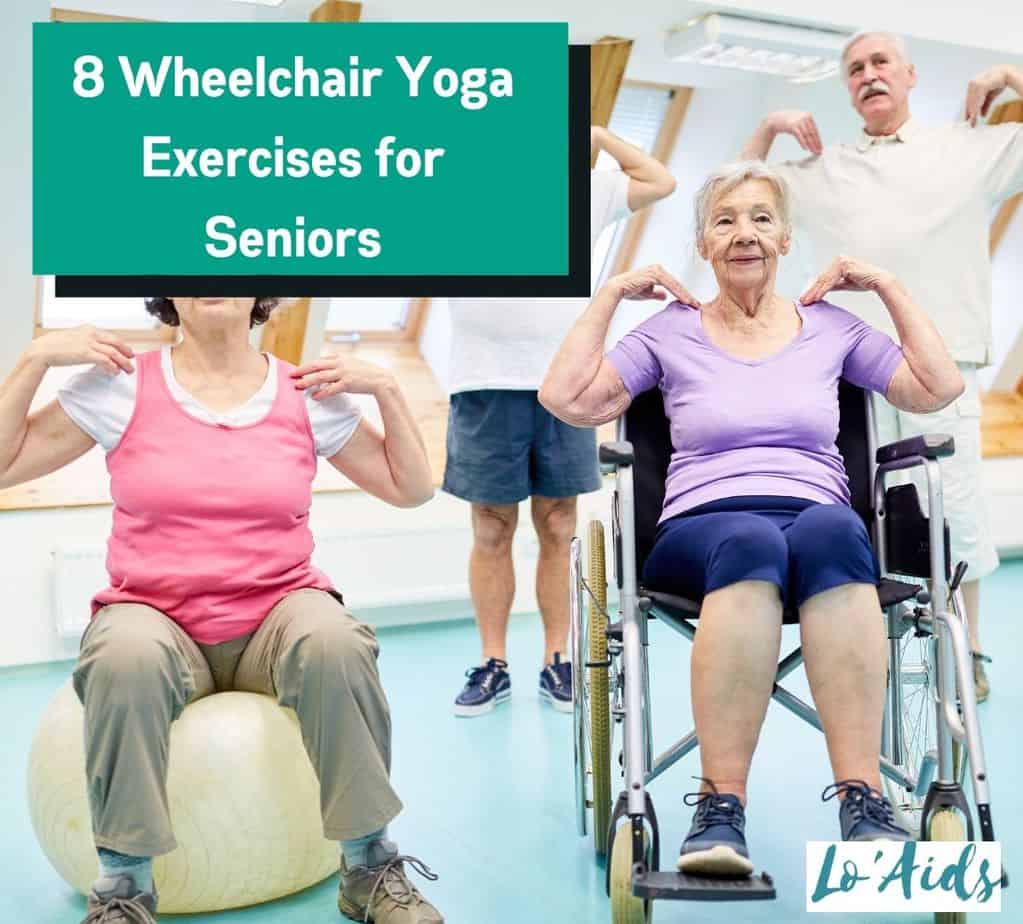Are you eager to know about the benefits of massage, acupuncture, and other complementary therapies for back pain? Here’s my secret!
As a certified Doctor – and through decades of research, I’ve discovered the benefits of complementary therapies (stretching from increased flexibility to stellar well-being) and am here to share it all with you – today!
This article delves into the benefits of these alternative treatments, backed by science, and guides you through what to expect during and after the procedure.
Keep scrolling to learn all these premium benefits to get the best of complementary therapies (and become a health superhero!)
Table of Contents
Key Takeaways
- Discover the power and potential benefits of massage, acupuncture, and other complementary therapies for back pain.
- Understand the science supporting these alternative approaches.
- Gain insights into the procedure, the post-treatment phase, and the results you can anticipate.
8 Benefits of Massage, Acupuncture, & Other Complementary Therapies in Back Pain
The benefits of massage, acupuncture, and other complementary therapies in back pain include relief from chronic pain, reduced muscle tension and stiffness, improved flexibility and circulation, better management of stress, and improved quality of life.

Let’s delve into these 8 benefits in more detail…
#1 Tackling Chronic Pain Head-On
Let’s face it – living with chronic pain is tough.
That’s where massage and acupuncture come in.
Swedish massage is instrumental in tackling pain head-on through an intricate dance of pressure and touch, making it an excellent ally in the battle against chronic discomfort.
Think of a Swedish massage as your personal muscle whisperer, soothing tension and taking on the role of pain’s nemesis. Acupuncture?
It’s like chatting with your brain, nudging it to manage pain and stress better.
Dr. Chianni Lin champions acupuncture for its knack for “reducing back pain” – so go ahead and try this remarkable therapy [1].
#2 Loosening up those Tight Muscles
Massage therapists are like detectives, homing in on stiff, knotted muscles, their skilled hands working on relaxing and rejuvenating.
Their techniques are akin to unlocking a door, leading to eased pressure on nerves and a smoother, pain-free range of movement.
The result? Less pressure on your nerves and an easier, pain-free movement.
#3 Flexibility and Circulation Get a Boost
Massage also plays a circulatory system enhancer, facilitating more blood flow and nutrient supply to your muscles.
Thankfully, more blood means more nutrients feeding your muscles – this increase in blood circulation helps accelerate healing and reduces muscle soreness.
To help you feel better, complementary therapies, like yoga, extend this benefit and provide excellent additions to your health program.
#4 Keeping Stress in Check
Chronic stress and back pain often go hand in hand.
To combat this, acupuncture and mindfulness practices can help manage stress levels, indirectly helping relieve back pain.
#5 Improving Your Day-to-Day Life
A life tethered to pain can be daunting. But therapies like massage and acupuncture promise more than an escape from pain.
They open the door to improved well-being, where pain doesn’t dictate your daily activities or moods.
They empower you to regain control of your life, bringing the spotlight back on joy and fulfilment.
#6 A Perfect Pair to Traditional Treatments
Rather than being lone rangers, massage and acupuncture work best in unity with traditional treatments.
Picture them as a well-coordinated team, each member playing their part in tackling your chronic pain.
While mainstream treatments address the physical facet, these complementary therapies bring emotional and psychological relief.
#7 Sleep Like a Baby
If persistent back pain has been party-crashing your slumber, these therapies could help.
By soothing pain and easing anxiety, they set the stage for better sleep, contributing to your overall health and more effective pain management.
#8 Keep a Lid on Pain Medication
Pain medications, while effective, can often lead you into a tricky dance with side effects.
Massage and acupuncture can provide a more harmonious tune, potentially curbing your reliance on these medications.
However, any changes to your treatment plan should always involve a conversation with your healthcare provider.
Seeking relief from relentless chronic pain? Dive into my article “Massage Therapy for Chronic Pain” and explore how the healing touch can be your pathway to comfort and ease!
Let’s get into the history of these amazing forerunners in medical care…
Systematic Review of Complementary Therapies
Massage and acupuncture have existed for centuries, and their popularity in the modern world is a testament to their effectiveness.
They are often employed to alleviate chronic pain conditions, such as arthritis and back pain.
But how does it work?
A massage can provide relief by physically manipulating soft tissues to reduce muscle tension, stiffness, and pain, thus improving flexibility and circulation.
On the other hand, acupuncture, as described by Dr. Brent Bauer, works on the principle of
“There’s also some evidence that acupuncture works well for chronic pain conditions, such as arthritis, low back pain, and headache. [1]”
What does the science say? Is it conclusive? Let’s find out…
What the Science Says About Complementary Health Approaches for Back Pain
Scientific studies validate the benefits of these therapies. Research indicates that massage can help reduce lower back pain and improve function in the short term.
Acupuncture has shown promise in chronic pain conditions like arthritis, low back pain, and headache.
It ” stimulates the body’s pain relief system,” as described by Dr. Trace Alexander [2].
Furthermore, activities like yoga and mindfulness have demonstrated benefits in reducing pain intensity and disability associated with chronic lower back pain.
Complementary therapies have not only stood the test of time, but they also continue to stand up to scientific scrutiny.
They form a crucial part of a rounded approach to back pain management, offering relief where traditional treatments might fall short.
It’s always important to remember that individual experiences with these therapies can vary. What works for one person might not work for another.
Always consult your healthcare provider to determine the best approach for you.
For a clever overview of these therapies, check out this video:
What You Can Expect During the Procedure After the Procedure
During a massage or acupuncture session, practitioners employ expert skills to manipulate your body or insert fine needles at specific points to stimulate pain relief pathways.
These sessions typically last 45 minutes to an hour, during which you may experience transient discomfort.
Post-procedure, feeling relaxed and having a sense of well-being is common. Some individuals may experience temporary soreness, light-headedness, or emotional release.
Regular sessions are usually recommended to maintain the benefits.
Results
The results of these complementary therapies vary between individuals.
Most people experience a marked improvement in their pain levels, mobility, and overall quality of life. For some, using aids like a back brace for men’s lower back can enhance the benefits of these therapies.
Over time, the frequency of sessions might decrease as your body responds to the treatment.
Remember, the best outcomes often result from a combination of therapies, including standard medical treatments, physical therapy, lifestyle modifications, and supportive tools like back braces.
FAQs
#1. What are complementary therapies for back pain?
Complementary back pain therapies include massage, acupuncture, yoga, and mindfulness.
They’re used alongside conventional treatments to enhance pain relief and well-being.
#2. How does acupuncture relieve back pain?
Acupuncture relieves back pain by stimulating specific points in the body, impacting the part of the brain that controls pain and stress levels, thus promoting natural pain relief.
#3. What can I expect after a massage or acupuncture session?
After a session, you may feel relaxed and calm. Some individuals experience temporary soreness, light-headedness, or emotional release, which usually subsides quickly.
#4. Do complementary therapies provide long-term relief from back pain?
While they offer significant relief, complementary therapies, including conventional medical treatments, physical therapy, and lifestyle modifications, are most effective when incorporated into a holistic care plan.
Conclusion
Discovering The benefits of massage, acupuncture, and other complementary therapies for back pain can be a sigh of relief. Here’s a brief overview of what you’ve learned…
Complementary therapies like massage and acupuncture offer a holistic approach to back pain management.
These scientifically-backed treatments can provide meaningful relief, enhance function, and improve well-being.
It’s essential, however, to approach these therapies as part of an integrative care plan for optimal results.
This doesn’t have to be all – write to me in the comments section about any tips you may have encountered. As always, I’d love to hear from you!
Until next time…

References
1. Acupuncturist Santa Monica, CA [Internet]. www.acupunctureintegrativemedicine.center. [cited 2023 Jun 25]. Available from: https://www.acupunctureintegrativemedicine.center/
2. Brent A. Bauer, M.D. [Internet]. Mayo Clinic. [cited 2023 Jun 25]. Available from: https://www.mayo.edu/research/faculty/bauer-brent-a-m-d/bio-00077560
3. How We Can Help You Manage Your Pain: Trace L Alexander, DC, FNP: Chiropractic Physician [Internet]. www.drtracealexander.com. [cited 2023 Jun 25]. Available from: https://www.drtracealexander.com/blog/how-we-can-help-you-manage-your-pain





